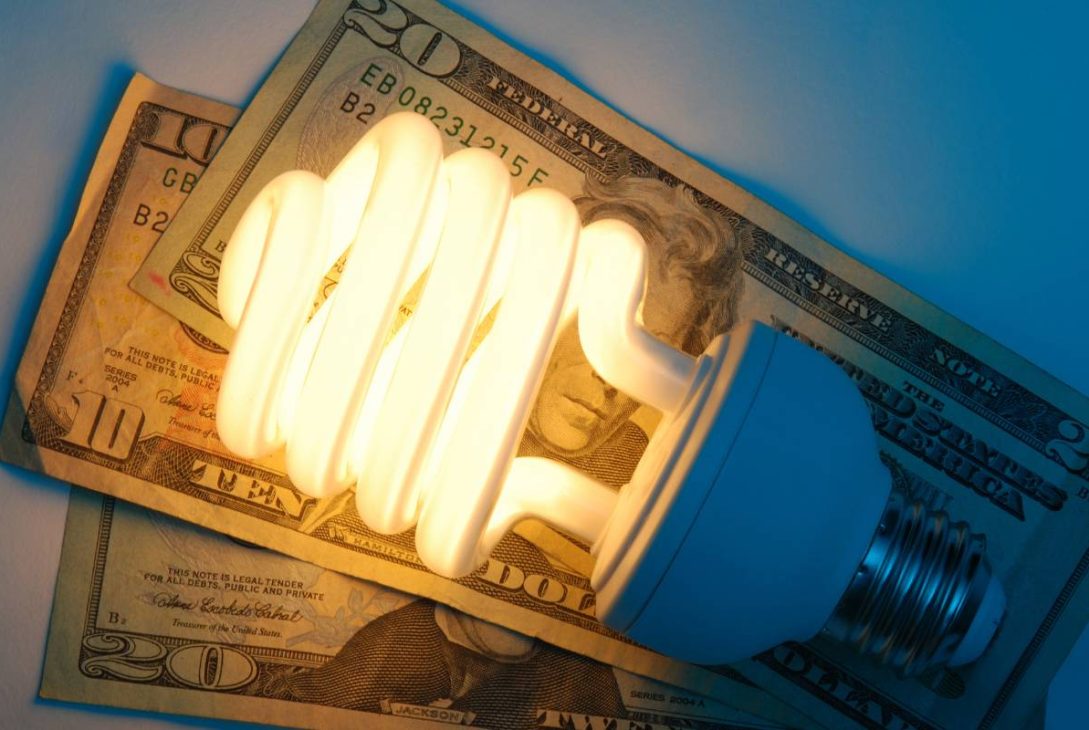Reduced Costs & Environmental Footprints
In today’s world, where electricity powers our homes and sustains our modern way of life, it’s essential to find ways to trim your electric bill. Not only does it save you money, but it also reduces your environmental footprint. With a few simple changes and some mindful habits, you can significantly lower your electricity costs while contributing to a more sustainable future. Here are ten practical tips to help you achieve just that.
If you have followed these tips and would still like to save more on your electric bill and/or other utilities, check out this program which provides utility bill relief.
1. Upgrade to Energy-Efficient Appliances
One of the most effective ways to cut your electricity consumption is by upgrading to energy-efficient appliances. Newer appliances are designed to use less power while providing the same, if not better, performance. Look for the ENERGY STAR label to identify appliances that meet high energy efficiency standards.
2. Unplug Devices When Not in Use
Many electronic devices consume electricity even when they are turned off or in standby mode. Unplugging devices like chargers, computers, and kitchen appliances when they’re not in use can make a significant difference in your monthly bill. Alternatively, consider using power strips to easily disconnect multiple devices at once.
The Shipley Energy company noted that “homeowners can save anywhere between $100 and $200 each year by unplugging devices not in use.”
3. Optimize Your Lighting
Switching to LED or CFL bulbs can significantly reduce your lighting costs. These bulbs use less energy, last longer, and emit less heat compared to traditional incandescent bulbs. Additionally, make it a habit to turn off lights in unoccupied rooms and take advantage of natural daylight whenever possible.
4. Adjust Your Thermostat
Heating and cooling your home can be a substantial portion of your energy bill. Consider installing a programmable thermostat to adjust the temperature automatically when you’re not home or when you’re asleep. A few degrees can make a noticeable difference in your energy consumption.
5. Seal Gaps and Insulate Your Home
Proper insulation and sealing gaps in your home can prevent drafts and reduce the workload on your heating and cooling systems. This means you’ll need less energy to maintain a comfortable indoor temperature. Simple steps like adding weatherstripping to doors and windows or insulating your attic can pay off in the long run.
6. Use Energy-Efficient Water Heating
Water heaters can be energy hogs. To trim your electric bill, consider lowering the temperature of your water heater, using a tankless water heater, or adding an insulating blanket to reduce heat loss. Also, fix any leaky faucets to avoid wasting both water and energy.
7. Maximize Your Laundry Efficiency
Washing machines and dryers are essential appliances, but they can consume a lot of electricity. Use cold water for washing whenever possible, and only run full loads to maximize efficiency. Air-drying your clothes and cleaning the lint filter in your dryer after each use can also help.
8. Cook Wisely
When using your kitchen appliances, try to be efficient. Use lids on pots and pans to cook food faster and reduce energy consumption. Also, consider using smaller appliances like microwaves and toaster ovens for quick tasks instead of the oven or stove.
9. Maintain Your HVAC System
Regular maintenance of your heating, ventilation, and air conditioning (HVAC) system can ensure it operates efficiently. Change air filters regularly, schedule annual professional inspections, and keep the outdoor unit clean and free from debris to reduce energy consumption.
10. Embrace Solar Power
If you’re in a position to invest in renewable energy, consider installing solar panels on your property. Solar power not only reduces your electricity bill but can also earn you money through net metering programs, where you can sell excess energy back to the grid.















